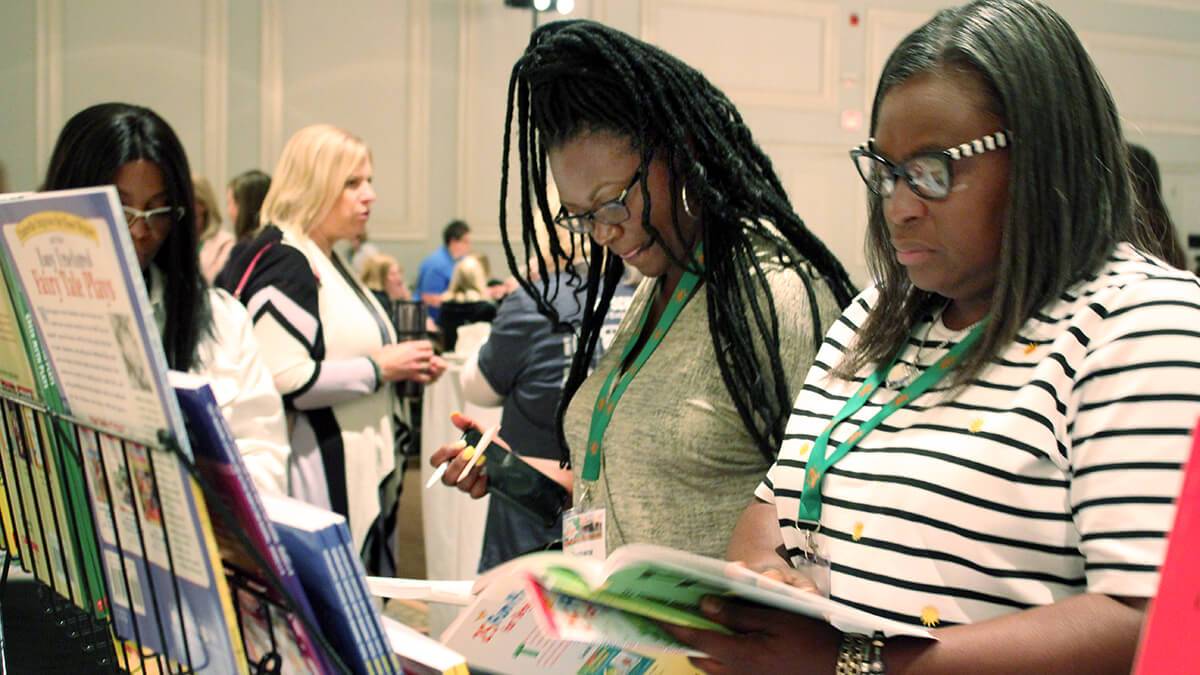19 professional development goals for teachers
by Michelle Schweikhardt

Setting SMART goals and creating professional development plans are familiar expectations for most educators each school year.
Yet, how many teachers set SMART goals and create professional development plans solely because they are required to rather than because of a burning desire to seek professional growth?
While teachers are committed to their students’ success, it’s easy to feel overwhelmed with the idea of developing and implementing an individual professional development plan. The prospect of creating such a plan can leave educators feeling defeated rather than inspired.
If this is the case, it’s only natural to question why educational leaders continue to require individual professional development plans. The answer is simple: strategic professional development is a catalyst for growth and change in the classroom.
To reduce the negativity associated with professional development plans, start by setting the right goal. This may seem to be easier said than done, seeing that the vastness of the education field can make it hard to narrow down an achievable goal. But, without a meaningful goal, teachers lose the incentive to grow professionally.
Simplify setting professional development goals for teachers by first considering universal areas of prospective growth such as content knowledge, best practices, assessment, and communication. Then, the next step is to narrow the focus to align with a SMART goal. Use the following professional development goals examples for teachers to serve as a foundation for creating relevant and achievable professional development plans.
Professional development goal: Content Knowledge
When we go to the doctor, we expect him to be an expert at treating our illnesses or injuries. Similarly, if we take our car to a mechanic, we expect expertise in automobile repair, not painting.
The same holds true for our students. When they come to school, they expect their teachers to be experts in the content taught.
In fact, content knowledge forms the foundation of education. Without a foundation of content knowledge, students cannot apply skills or engage in meaningful work.
When teachers set goals related to content knowledge, the focus is on improving their understanding of the subject matter they teach. Teachers could set a goal to learn or expand their knowledge of:
1. Writing: I will learn the Six Traits of Writing framework so that I can identify and teach the writing skills that define each trait, demonstrating an understanding of 80% of the subskills by the end of the school year.
2. Reading: I will engage in research and learning opportunities within each of the pillars of the Science of Reading so that I am equipped with at least 5 grade-level, actionable strategies to help struggling readers by the end of the school year.
3. Content Areas: I will analyze state standards across content areas to develop integrated instruction that incorporates science and social studies content into reading and writing instruction so that 80% of the curriculum is integrated by the end of the school year.
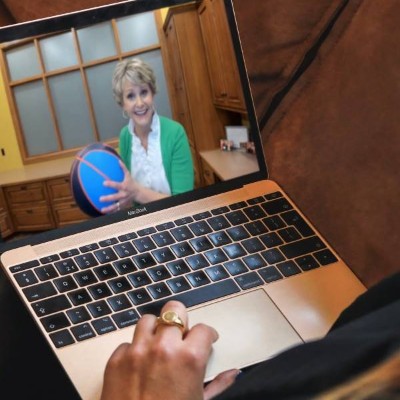
FREE ON-DEMAND WEBINAR
Advance Beyond Doing Reading to Teaching Reading
Learn what explicit, whole-class comprehension instruction looks like and how to effectively scaffold mini-lessons within the rest of the reading block to honor the gradual release of responsibility.
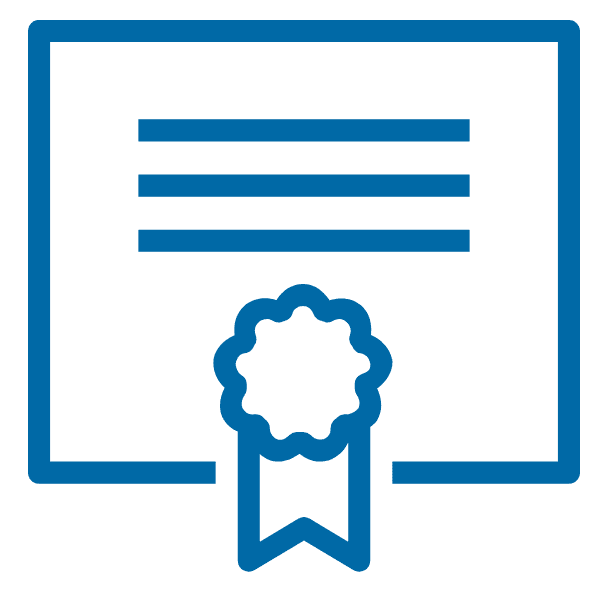
Earn a completion certificate
60-minute webinar
Professional development goal: Best Practices
We’ve all heard the phrase, “Don’t reinvent the wheel.” While it is important to be creative and innovative in teaching, it is also important to build on what we already know works. “Best practices” are existing research-based methods that have been proven effective and are widely accepted.
With the constant pressures in education, why create more work when teachers can tap into what past educators have been using successfully?
Best practices simply describe effective methods to plan, deliver, and reflect on instruction in order to facilitate student learning. Teachers could set a goal using one of the following practices such as:
4. Pedagogical approaches: I will implement a collaborative learning approach into instruction so that students are collaborating at least 5 times daily by the end of the school year.
5. Student engagement: I will utilize intentional movement practices to facilitate learning so that 80% of students are actively engaged during instruction by the end of the school year.
6. Gradual release of responsibility: I will intentionally plan and deliver 4-step mini-lessons during instruction in order to demonstrate 80% mastery of this best practice by the end of the school year.
7. Differentiation: I will plan differentiated instruction into 80% of my lessons by the end of the school year in order to create a more personalized learning environment where students can learn at their developmentally-appropriate level.
8. Classroom culture: I will establish classroom protocols with my class and model classroom protocols for students daily to create a positive, supportive, and safe learning environment for students all year long.
9. Promote critical thinking: I will model and facilitate effective questioning and sharing techniques weekly to cultivate a well-rounded perspective on various topics for students by the end of the school year.
Professional development goal: Assessment
Generally speaking, teachers and students often see assessment as a source of stress and frustration rather than a tool for improving teaching and learning. When teachers address the underlying causes of student stress and frustration, assessment can become a valuable tool.
Standardized tests are notoriously high-stress, but not all assessments are that way. When teachers use varied assessment methods and provide feedback, they model a growth mindset for students. As a result, students are better prepared for high-stakes assessments.
Setting a goal to improve assessment practices can change the tone of assessment for all. Teachers could set a goal to use:
10. Assessment tools: I will research and implement 5-10 universal formative assessment tools to measure student learning by the end of each quarter so that I have a comprehensive list of formative assessment strategies by the end of the school year.
11. Data: I will analyze formative data daily and summative assessment weekly to inform and differentiate instruction in one subject area (adding a consecutive subject) each quarter so that I am using data to drive 75% of my instruction by the end of the school year.
12. Feedback: I will research and establish an efficient method for providing feedback each quarter in order to offer students daily feedback in at least 3 subject areas by the end of the school year.
13. Assessment-feedback workflow: I will practice an effective assessment-feedback workflow by increasing the percentage of students who receive daily and actionable feedback to 90% by the end of the school year.
Educators who view professional development as an opportunity for learning, contribute to creating a positive impact on students and their success.
Professional development goal: Communication
In today’s world, communication is at the tip of our fingers. However, with all of the other pressures put on teachers, the impact of building relationships in the education setting is sometimes overlooked. However, the parent-teacher relationship is vital to student success.
One of the first impressions teachers make is through their communication with parents at the beginning of the year. That sets the foundation for the entire year.
Building relationships through communication is equally significant for both students and colleagues.
Teachers could set communication goals to build relationships with parents, students, or colleagues, such as:
14. Parents: I will optimize parent-teacher communication and engagement by sending a weekly newsletter and communicating positive feedback to 2-5 parents weekly 80% of the school year to build a positive parent-teacher relationship.
15. Students: I will implement discussion protocols and provide opportunities for practice in class discussions by the end of the school year to increase the percentage of students who report feeling comfortable participating in discussions to 80%.
16. Colleagues: I will collaborate with colleagues to align instruction, interpret data, or discuss relevant topics through at least one weekly meeting throughout the year to create a supportive professional and student learning environment.
Professional development goal: Leadership
Leadership may be one of those categories that causes teachers to feel unprepared or inexperienced. However, everyone has the potential to grow as a leader, regardless of their experience level.
Teachers who take on leadership roles contribute to creating and maintaining a positive learning environment. However, if the same teachers continually fulfill these roles, it can lead to burnout and missed opportunities for growth.
Leadership in the school can take on many different forms. Teachers could set a goal to:
17. Take on roles: I will assume a leadership position in one area of the school (or district) in order to help achieve the school’s (or district’s) common goals this school year.
18. Mentor: I will learn and practice 2-4 mentoring techniques per quarter in order to effectively support new teachers this school year.
19. Advocate for students: I will initiate contact with counselors and/or administrators to seek additional support and resources for students who are exhibiting signs of academic or behavioral difficulties and then follow up at the end of each quarter this school year to advocate for students.
Honoring district initiatives when setting SMART goals
Teachers who feel inspired yet limited by “mandated” or “suggested” goals can still find value in setting SMART goals.
When a district initiative guides goal setting, it is easy to be complacent and go through the motions. Rather than focusing on the mandate, consider the rationale and purpose of the initiative.
Does the district goal fall into one of the categories discussed (i.e., content knowledge, best practices, assessment, communication, leadership)? Try viewing the initiative through a different lens and set your personal goal in a category where you could grow.
For example, School districts nationwide are implementing the Science of Reading as a learning initiative. Therefore, you must target your professional development plan around this topic.
Maybe you’re familiar with the content and research regarding the five pillars of reading, but you’re struggling to find strategies for the phonological awareness pillar. You could set a goal to learn a best practice on teaching students phoneme-grapheme mapping.
By doing this, you are sticking with the district initiative while learning a teaching strategy to improve your own instruction.
Setting SMART goals for teachers professional development
With all of these professional development goals for teachers examples, when creating your own, it is essential to keep the criteria of a SMART goal in mind.
A SMART goal is a specific, measurable, achievable, relevant, and time-bound goal.
SMART goals are more achievable because they help teachers:
- Stay focused and motivated.
- Track progress.
- Elicit feedback.
The benefit of a SMART goal is that it helps you create realistic plans to achieve your desired outcomes.
With that said, following a systematic process when goal setting can help ensure that teachers professional development goals are focused. This is where a simple keyword list or goal generator may be helpful.
The impact of professional development on teacher growth and student success
Educators who view professional development as an opportunity for learning, contribute to creating a positive impact on students and their success.
When teachers take the opportunity to learn new skills and strategies, professional development can help them become more effective in the classroom.
How do your SMART goals measure up this year?
Resources to help you reach your goals—from Smekens Education
Set your goals, then check out how Smekens Education can support your plans.
Professional Development Services
TEACHER TRAINING
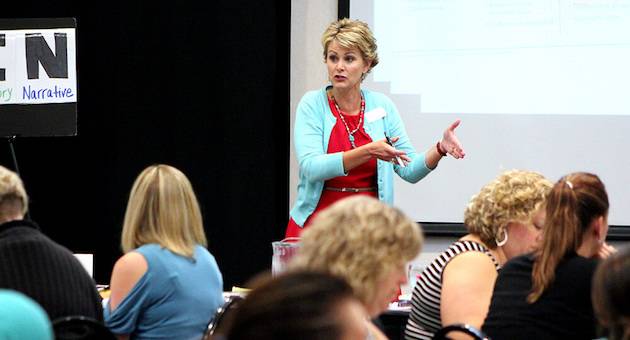
CUSTOMIZED CONSULTING
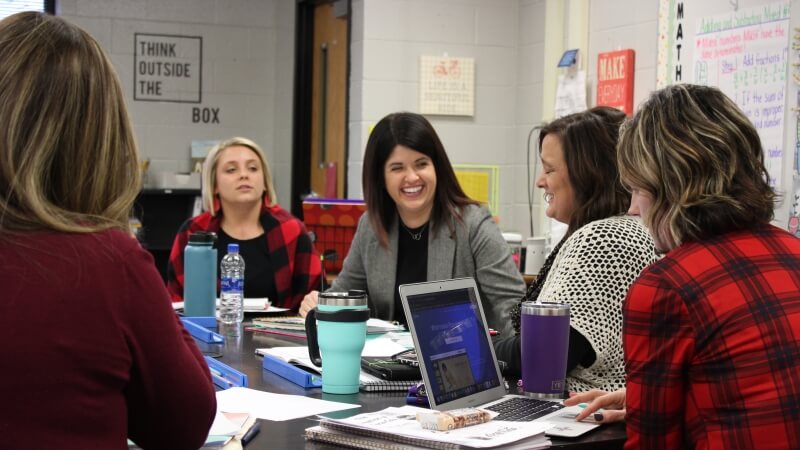
BOOKS & RESOURCES
